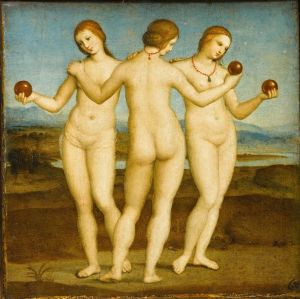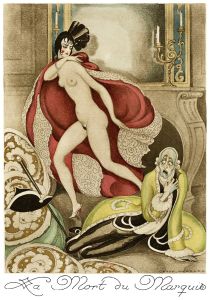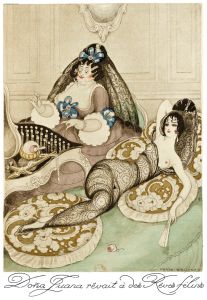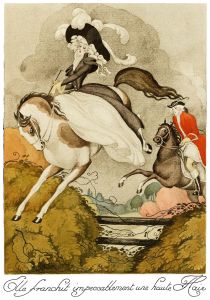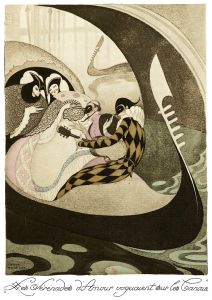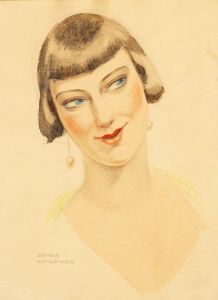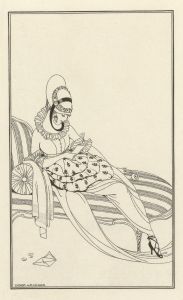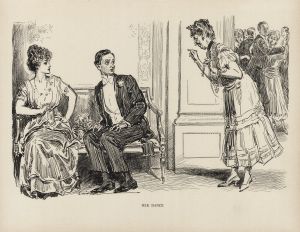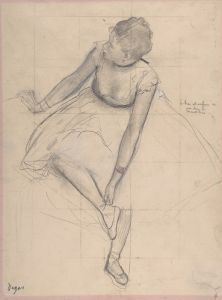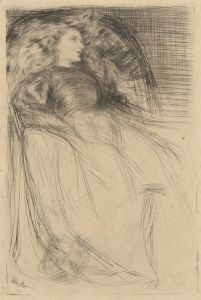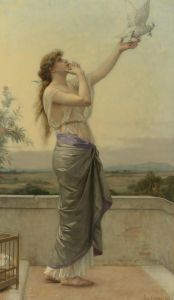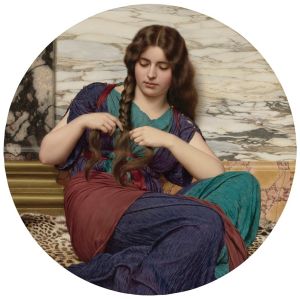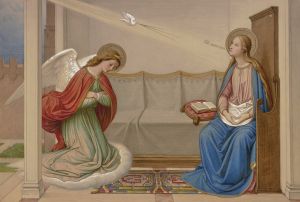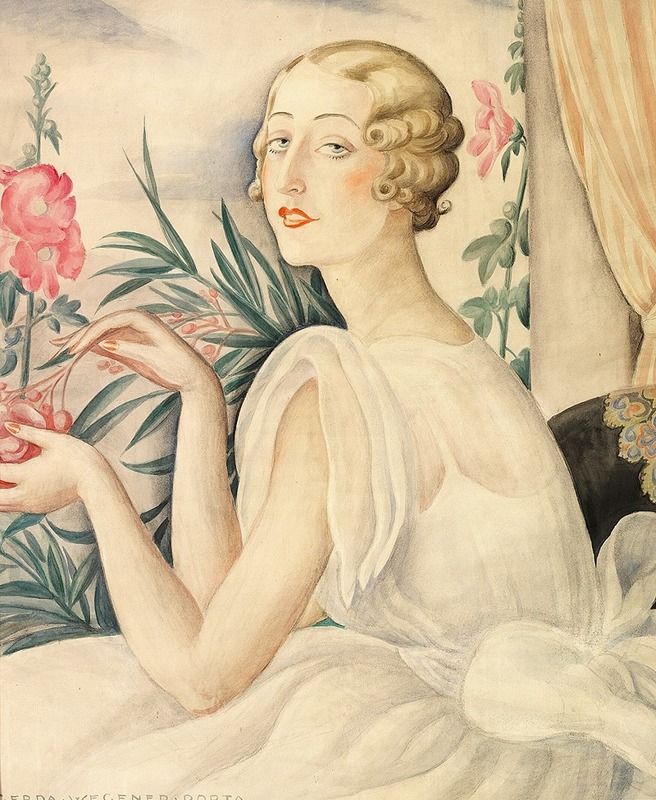
Kvinde i hvid kjole siddende ved vindueskarm
A hand-painted replica of Gerda Wegener’s masterpiece Kvinde i hvid kjole siddende ved vindueskarm, meticulously crafted by professional artists to capture the true essence of the original. Each piece is created with museum-quality canvas and rare mineral pigments, carefully painted by experienced artists with delicate brushstrokes and rich, layered colors to perfectly recreate the texture of the original artwork. Unlike machine-printed reproductions, this hand-painted version brings the painting to life, infused with the artist’s emotions and skill in every stroke. Whether for personal collection or home decoration, it instantly elevates the artistic atmosphere of any space.
Gerda Wegener was a Danish painter and illustrator, known for her vibrant and often provocative works that challenged the norms of her time. One of her notable paintings is "Kvinde i hvid kjole siddende ved vindueskarm," which translates to "Woman in White Dress Sitting by the Windowsill." This painting exemplifies Wegener's unique style and her ability to capture the elegance and poise of her subjects.
Gerda Wegener was born on March 15, 1886, in the small town of Hammelev, Denmark. She moved to Copenhagen to study at the Royal Danish Academy of Fine Arts, where she honed her skills and developed her distinctive style. Wegener's work often featured strong, confident women, and she became well-known for her portraits and fashion illustrations. Her art was characterized by its Art Nouveau influences and a bold use of color and form.
"Kvinde i hvid kjole siddende ved vindueskarm" is a testament to Wegener's skill in portraiture and her ability to convey a sense of intimacy and grace. The painting depicts a woman seated by a windowsill, dressed in a flowing white gown. The composition is both serene and captivating, with the soft light filtering through the window casting gentle shadows and highlighting the delicate features of the subject. Wegener's attention to detail is evident in the intricate rendering of the fabric and the subtle play of light and shadow.
Throughout her career, Wegener often drew inspiration from her personal life and the people around her. She was married to Einar Wegener, who later became known as Lili Elbe, one of the first recipients of gender confirmation surgery. Their relationship and Lili's transition had a profound impact on Wegener's work, influencing her exploration of gender and identity in her art. Although it is not confirmed whether "Kvinde i hvid kjole siddende ved vindueskarm" was directly inspired by Lili, the themes of femininity and introspection are consistent with Wegener's broader body of work.
Wegener's art gained significant attention in the early 20th century, particularly in Paris, where she and Lili moved in 1912. The Parisian art scene embraced her work, and she exhibited alongside prominent artists of the time. Her paintings and illustrations were featured in various publications, and she became a sought-after artist for fashion magazines.
Despite her success, Wegener's work was often overshadowed by the controversy surrounding her personal life and her marriage to Lili Elbe. However, in recent years, there has been a renewed interest in her art, and she is now recognized as a pioneering figure in the exploration of gender and identity in art.
"Kvinde i hvid kjole siddende ved vindueskarm" remains an important piece in understanding Wegener's contribution to the art world. It reflects her mastery of portraiture and her ability to capture the essence of her subjects with elegance and sensitivity. Today, Gerda Wegener's work continues to be celebrated for its boldness, beauty, and its role in challenging societal norms.





